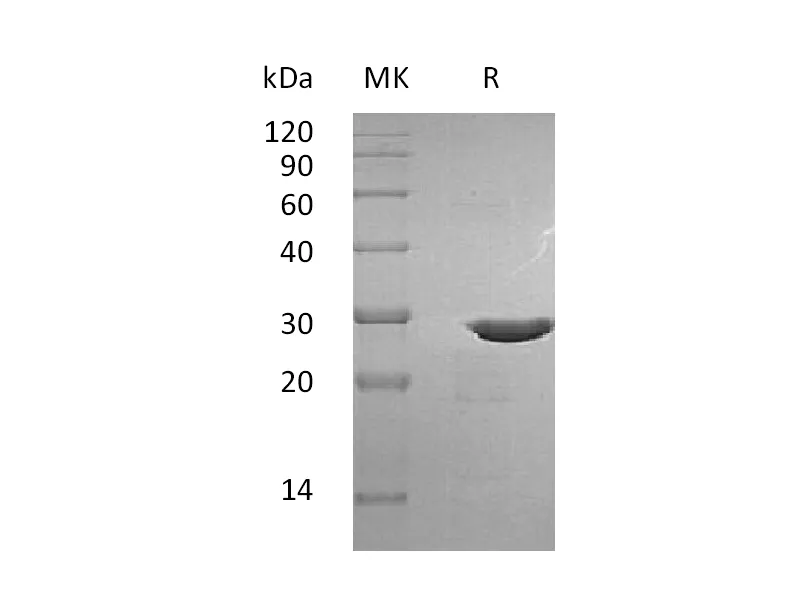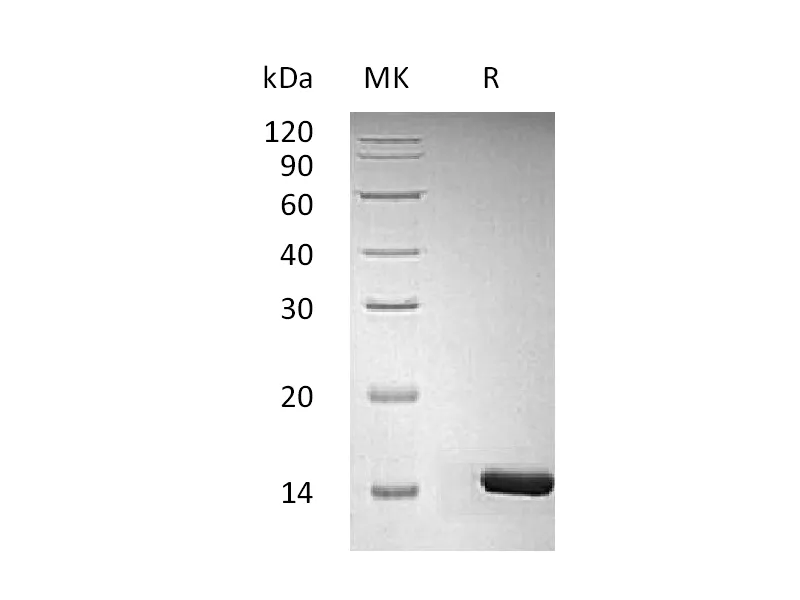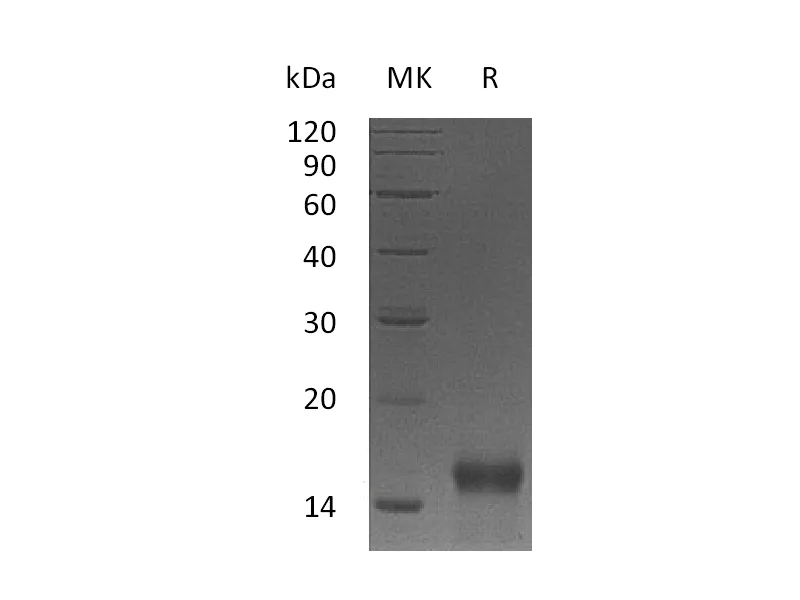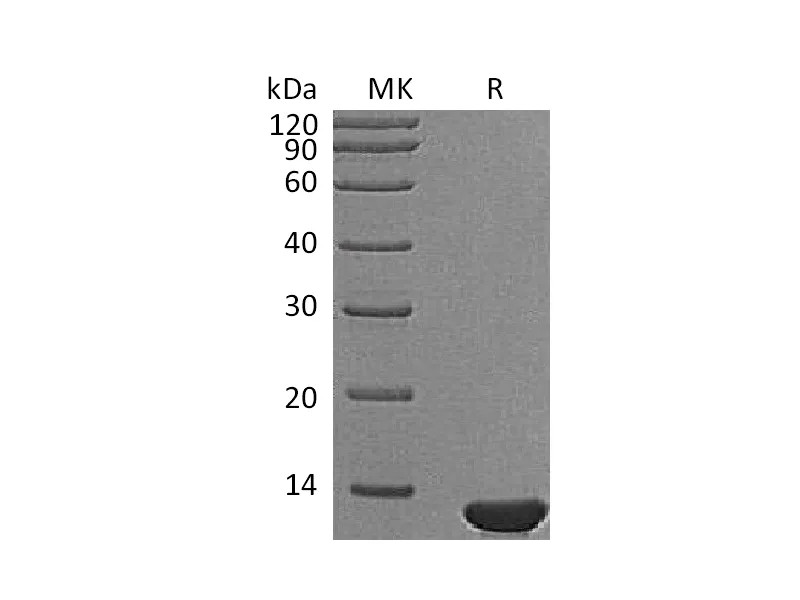Alternative Names
Osteopontin; Bone Sialoprotein 1; Nephropontin; Secreted Phosphoprotein 1; SPP-1; Urinary Stone Protein; Uropontin; SPP1; BNSP; OPN
Background
Secreted Phosphoprotein 1 (SPP1) is a secreted multifunctional glycoprotein. Its putative functions include roles in bone metabolism, immune regulation, wound healing, cell survival, and tumor progression. Based on gene structure and chromosomal location, SPP1 is a member of the small integrin-binding ligand N-linked glycoprotein (SIBLING) family that also includes bone sialoprotein (BSP), dentin matrix protein 1 (DMP1), dentin sialophosphoprotein (DSPP), enamelin (ENAM), and matrix extracellular phosphoglycoprotein (MEPE). SPP1 is expressed in bone, although it is also expressed in other tissues. SPP1 acts as a cytokine that is involved in enhancing production of interferon-gamma and interleukin-12 and reducing production of interleukin-10. It is essential in the pathway that leads to type I immunity. Osteopontin has been implicated as an important factor in bone remodeling. Specifically, research suggests it plays a role in anchoring osteoclasts to the mineral matrix of bones. The fact that SPP1 interacts with multiple cell surface receptors which are ubiquitously expressed makes it an active player in many physiological and pathological processes including wound healing, bone turnover, tumorigenesis, inflammation and ischemia. Therefore, manipulation of plasma Osteopontin levels may be useful in the treatment of autoimmune diseases, cancer metastasis, osteoporosis and some forms of stress.
Note
For Research Use Only , Not for Diagnostic Use.




